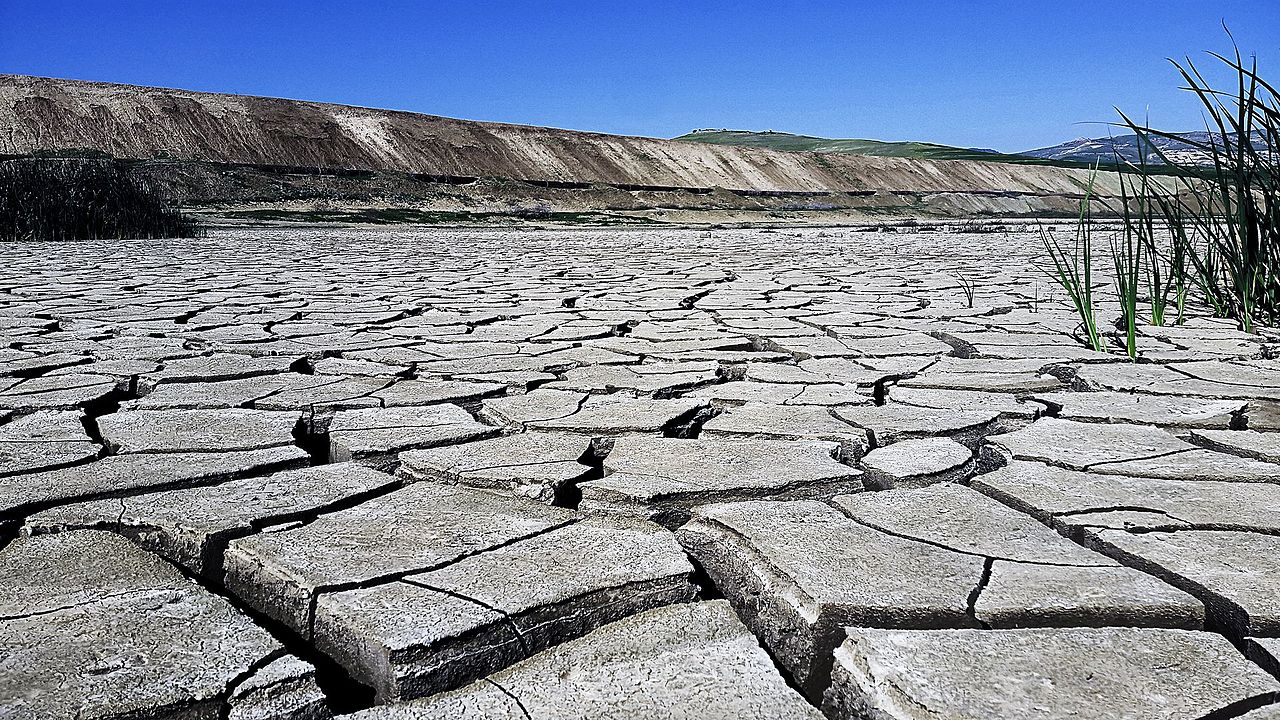By Max Wilbert
Heat that was once unthinkable is now becoming commonplace. In the three decades I have been observing weather in my native Pacific Northwest, heat that used to come once a decade now comes every year. Most people I speak with have the same experience.
As usual, climate science lags behind observations. According to a new paper, unprecedented and massive heat waves (similar to those that afflicted the northern hemisphere in May—July 2018) will occur every year at 2º C global warming.
Average temperatures have currently warmed approximately 1º C over pre-industrial levels (and further above pre-civilization levels).
However, an additional 0.5-1º C of warming is currently masked by aerosols emitted by heavy industry like coal power plants. As these are taken offline and particulate matter in the atmosphere decreases, this additional warming will rapidly take effect.
The paper explains:
Record-breaking temperatures occurred concurrently in multiple regions including North America, Europe and Asia in late-spring/summer 2018 (NOAA, 2018a, 2018b, 2018c). Europe experienced late spring and summer temperatures that were more than 1◦C warmer than 1981-2010 (Copernicus, 2019). The contiguous US had the warmest May since 1895(NOAA, 2018c) and the hottest month ever observed was in July in the Death Valley (NOAA, 2018a). The 2018 hot temperatures are in line with an increase in intensity and frequency of extreme heat events over many regions on land and in the ocean in recent years (Christidis, Jones, & Stott, 2014; Coumou & Rahmstorf, 2012; Fischer & Knutti,432015; Frolicher, Fischer, & Gruber, 2018; Rowe & Derry, 2012; Seneviratne, Donat, Mueller & Alexander, 2014). Owing to their devastating impacts, understanding changes in extreme temperature events is highly relevant for society and ecosystems. Recent heatwaves with particularly severe impacts include the 2010 Russian and 2015 Indian heatwaves. The 2010 Russian heatwave was associated with the death of tens of thousands of people, major crop failure, millions of hectares affected by fires and around 15 billion US$ economic loss (Barriopedro, Fischer, Luterbacher, Trigo, & Garcıa-Herrera, 2011). During the 2015 heatwave in India at least 2500 people died (Ratnam, Behera, Ratna, Rajeevan, & Yamagata, 2016). Impacts were particularly severe because they occurred in agricultural regions and/or regions with high population density.
These heat waves will further exacerbate water shortages, war, drought, crop failure, famine, and so on. In his book, Tropic of Chaos: Climate Change and the New Geography of Violence, Christian Parenti writes: “Climate change arrives in a world primed for crisis. The current and impending dislocations of climate change intersect with the already-existing crises of poverty and violence. I call this collision of political, economic, and environmental disasters “the catastrophic convergence.”
This increasing instability could lead to multiple possible futures: total collapse of ecology, eco-fascism of the sort envisioned in The Handmaids Tale or Children of Men… there are many possibilities.
It is too late to halt global warming completely. Much ecological damage has already been done, most of it by different means than via global warming. The world is already committed to a level of warming that will be catastrophic in many ways.
All the technological solutions to global warming are ineffective (electric cars, renewable energy) or non-existent (negative emissions technology). The best possibility we see is a managed collapse leading to global de-industrialization, de-growth, and the relocalization of human economies. This will require organized, political resistance—militant in some cases—to dismantle the industrial economy and allow the natural world to thrive and begin to heal once again.
Photo: Hydrosami, CC-SA 4.0


Given that photosynthesis stops at 105 degrees F., how many 123-degree days would it take for India’s agriculture to collapse completely, and a billion people be added to the list of the world’s refugees?